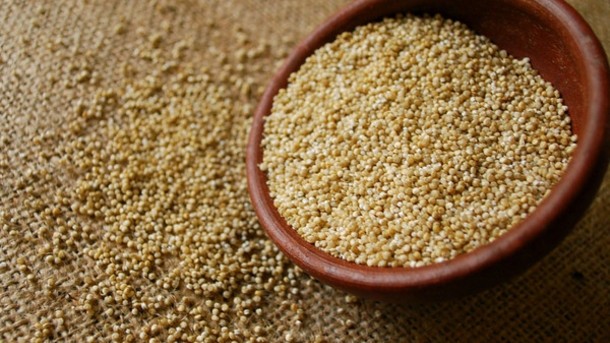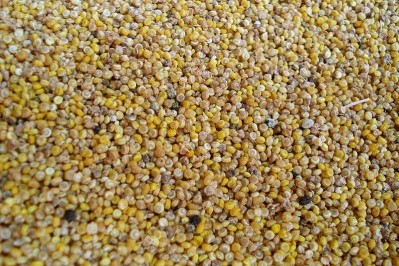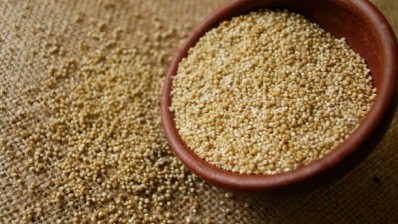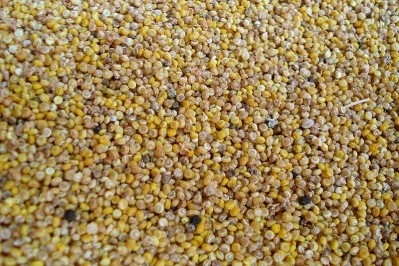UAE pushes quinoa as staple crop

Researchers from the UAE Ministry of Environment and Water (MoEW), working with the International Centre for Biosaline Agriculture, had a successful quinoa harvest in the spring of 2014, when they found the South American grain could flourish in the Arabian peninsula’s arid conditions. Last month the MoEW said it was now working with local farmers to establish the first commercial quinoa crops.
“As the ministry is currently working within the extension programmes through agricultural engineers and extension agents to add quinoa cultivation within agricultural crops and training farmers on its production, three farms have been selected to be the main areas of quinoa cultivation, representing an important and promising beginning to the country’s efforts to promote it to local farmers,” said Fatma Al Kalbani, director of plant health at the MoEW.
More research needed
The new project will focus on refining local quinoa cultivation methods, along with transferring the necessary knowledge and skills to local farmers. The ministry’s goal is to achieve sustainable domestic quinoa production by 2021, as part of the UAE government’s strategic objectives.
Among the areas still being researched are matching quinoa strains to optimal salinity and temperature levels, in order to provide the best possible harvest. According to Al Kalbani, four of the eight varieties of quinoa tested were found to be suitable for cultivation in the UAE, given the right environment.
One key finding of the earlier study was quinoa’s preference for dry climates, in contrast to the UAE’s normally humid environment. This revelation has led the MoEW to focus growing efforts in the country’s drier regions, such as Al Dhaid in Sharjah, which saw the highest yield of the test sites.
“Citing studies and applied researches, the Ministry of Environment and Water has been conducting a series of preliminary experiments and research to study the possibility of using quinoa as an alternative to the marginal environments,” said Al Kalbani.
Prices soar
Quinoa has risen dramatically in popularity in recent years thanks to its high protein levels, making it a healthier alternative to grains such as corn or wheat. Largely unknown outside of its native environment in the Andes, quinoa’s popularity has caused prices to soar, making it increasingly unaffordable in South America – but also making it increasingly attractive as a crop throughout the world.
The UN Food and Agriculture Organisation (FAO) declared 2013 to be “the international year of quinoa” in an effort to promote the grain around the world. As part of this effort the FAO launched quinoa growing pilots in a number of countries around the world, including Yemen.


















